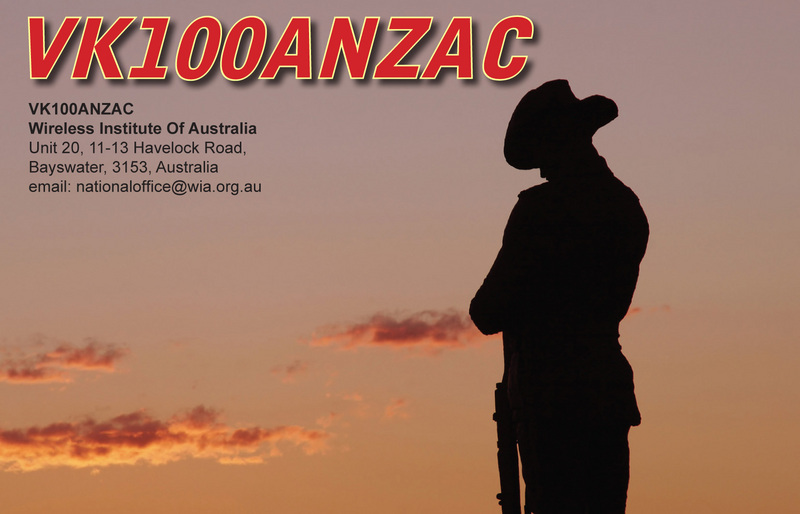Recently with the HF conditions deteriorating the operating interests of a number of club members has been switching to VHF/UHF. To help get their VHF/UHF stations “tuned up” for portable operation, a number of members are taking the opportunity to participate this year in the WIA Spring VHF/UHF Contest.
AREG members haven’t actively participated in this contest for a few years now so this marks a return to these bands for quite a few of us.
About the Contest (Extract from the WIA Website)
The VHF-UHF Field Days provide VHF-UHF operators with the opportunity to “head for the hills” and see how far they can work.
The Field Days have separate sections for single and multiple operator stations. The duration of the Field Day is 24 hours, but there are also 8 hour sections for operators who may not be able to camp overnight. Most club stations prefer to operate for the full 24 hours.
The Field Days also generate plenty of activity from home stations, so there is also a separate Home Station section.
All contacts must be simplex: contacts through repeaters or satellites are not allowed. There is plenty of FM activity, but one feature of the Field Days is a high level of SSB activity.
It is possible to do very well with only modest antennas if you pick a good hilltop. Another option, if your station is easily transportable, is to operate from more than one location during the contest period.
Aim Of The Contest
The overriding aim is to get away for the weekend and have fun! But next after that, the aims are:
- to encourage more activity on VHF and microwave bands;
- to encourage people to work greater distances than usual by operating portable, and
- to provide opportunities for people to activate or work into new grid squares.
AREG Involvement
VK5QI, VK5FO and VK5ZM are all preparing stations. Most club members are planning on operating in the 8hr section for the first 8 hours of the contest. Several sites around the Adelaide Hills and metropolitan area are being considered for activations. VK5FO and VK5RR will be operating from Saturday 0100hrs UTC for 8 hours from Ardrossan with:
- 6M – 2 elements (horizontal) and 100W on the IC706. SSB and FM
- 2M – 6 Elements (vertical) and 50W on the IC-7100. SSB/FM AND RTTY
- 70Cm – 17 Elements (vertical) and 50w on the TS-2000. SSB and FM
Bob and Ray should be capable of working most home and portable stations in the Adelaide Metro area and will be running SSB and FM. They will also beam towards Port Pirie, and Pt Lincoln.
VK5QI is also organising a station with Andy VK5AKH and has some “rover” antennas prepared.
The idea of the contest has also inspired Matt VK5ZM to go on an antenna building spree with new 2m and 6m LFA beams built and ready plus a borrowed 70cm 9el antenna to give Matt 70cm capabilities as well.
VK5ZM and VK5FGRY will be headed to Anstey Hill, using a site suggested by Andy AKH. You can find their location here; (VK5ZM Location for the VHF/UHF Field Day.) Gary and Matt are just focusing on 6m, 2m & 70cm (FM/SSB) and Matt will take a 23cm HT (FM) if anyone wants to try, but it will be rubber duck.
They will be located within the Anstey Hill Rec Park with a good elevation (400m) and clear LOS to just about everywhere. The site is a little shadowed to the southern suburbs and vales, but has a good outlook none the less.
Members are certainly welcome if they would like to come and visit VK5ZM and VK5FGRY. Note that parking is along the roadside so use your common sense here please.
It should be a great weekend so look out for these and many other stations participating in the WIA Spring VHF/UHF Field Day!

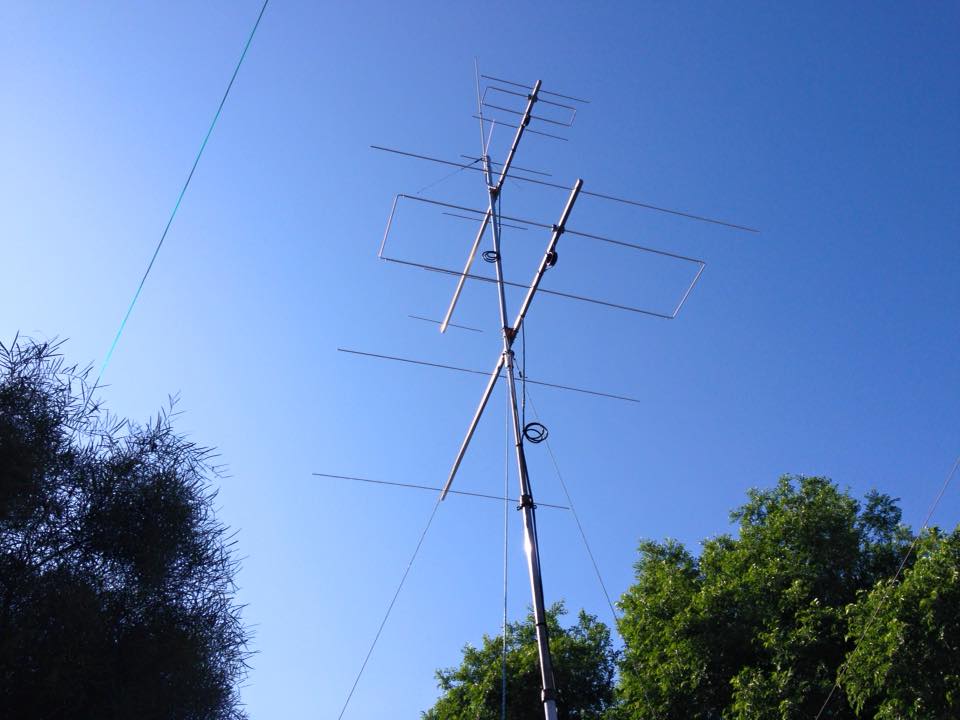
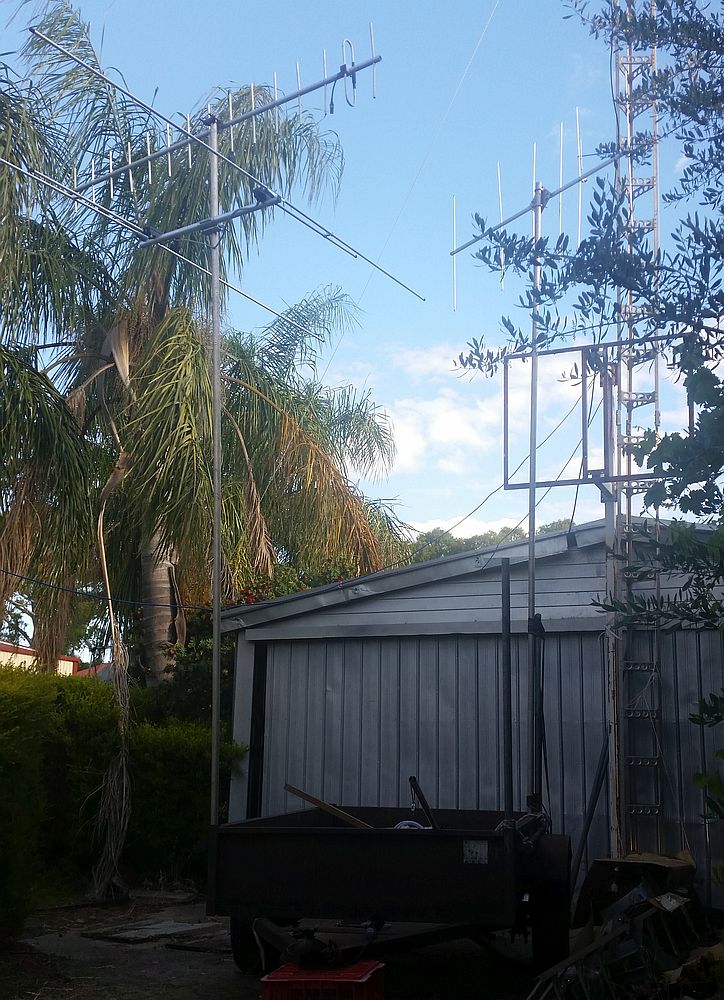
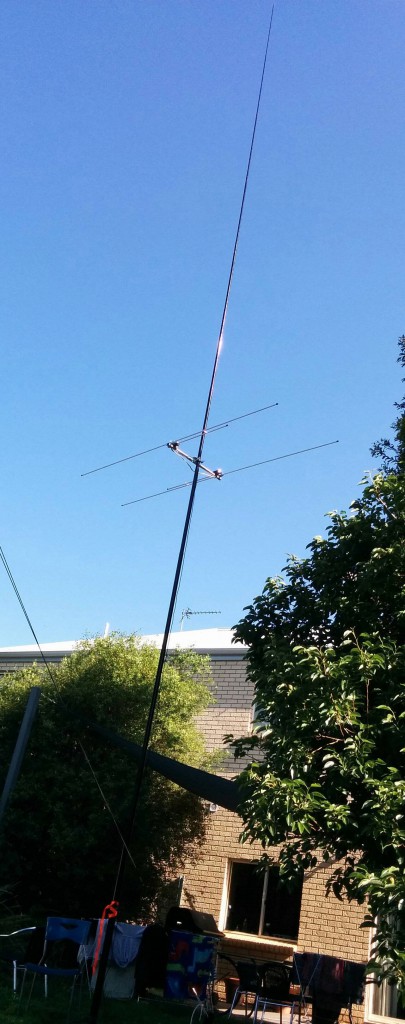
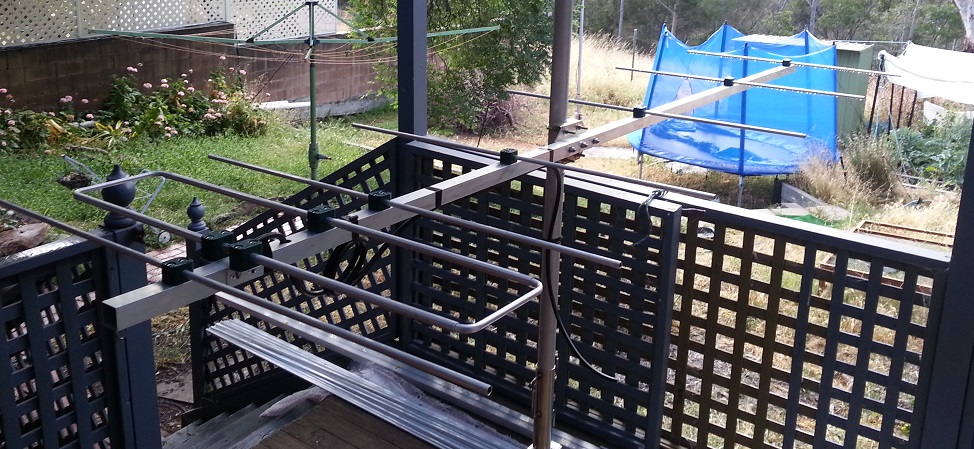
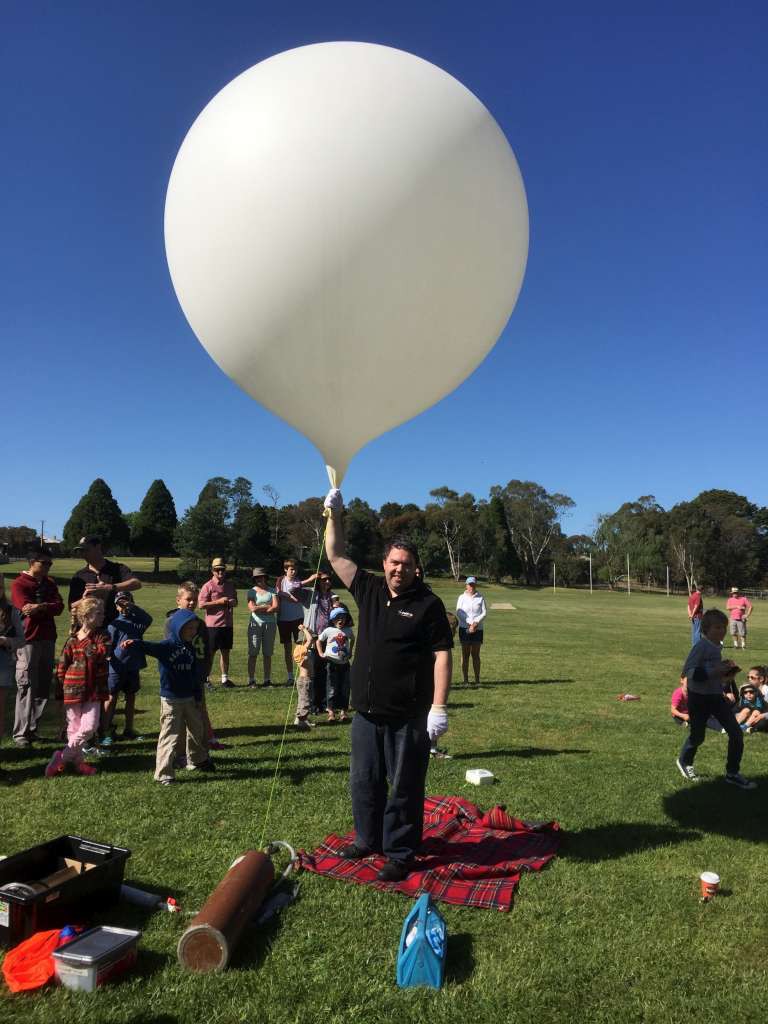
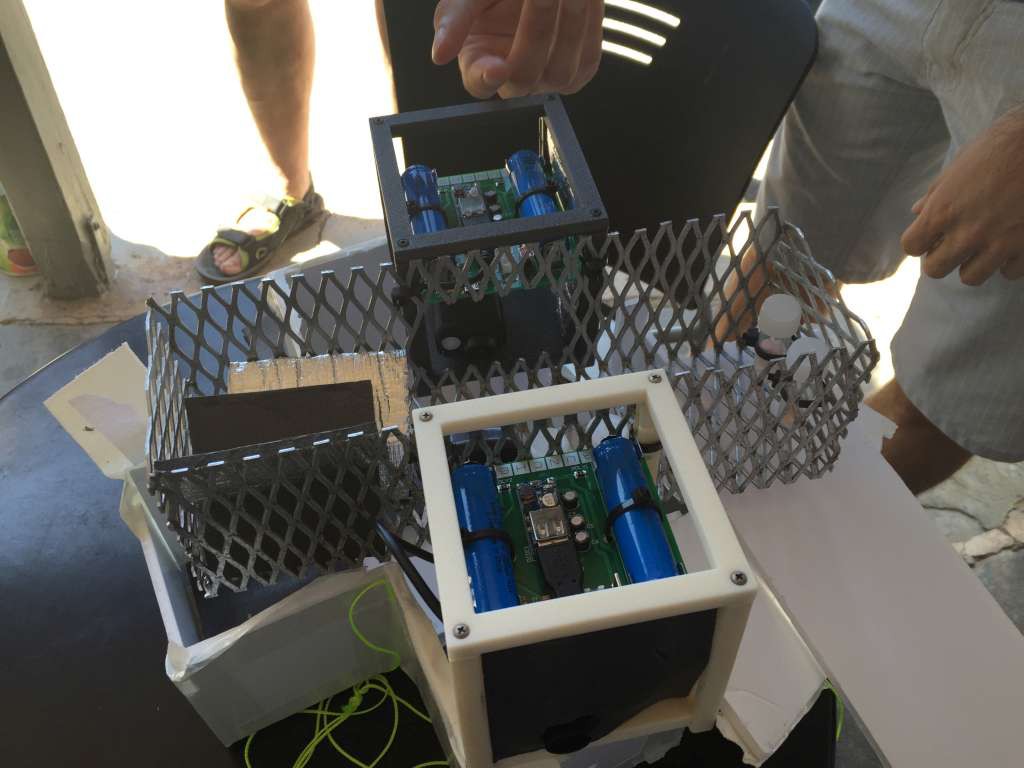
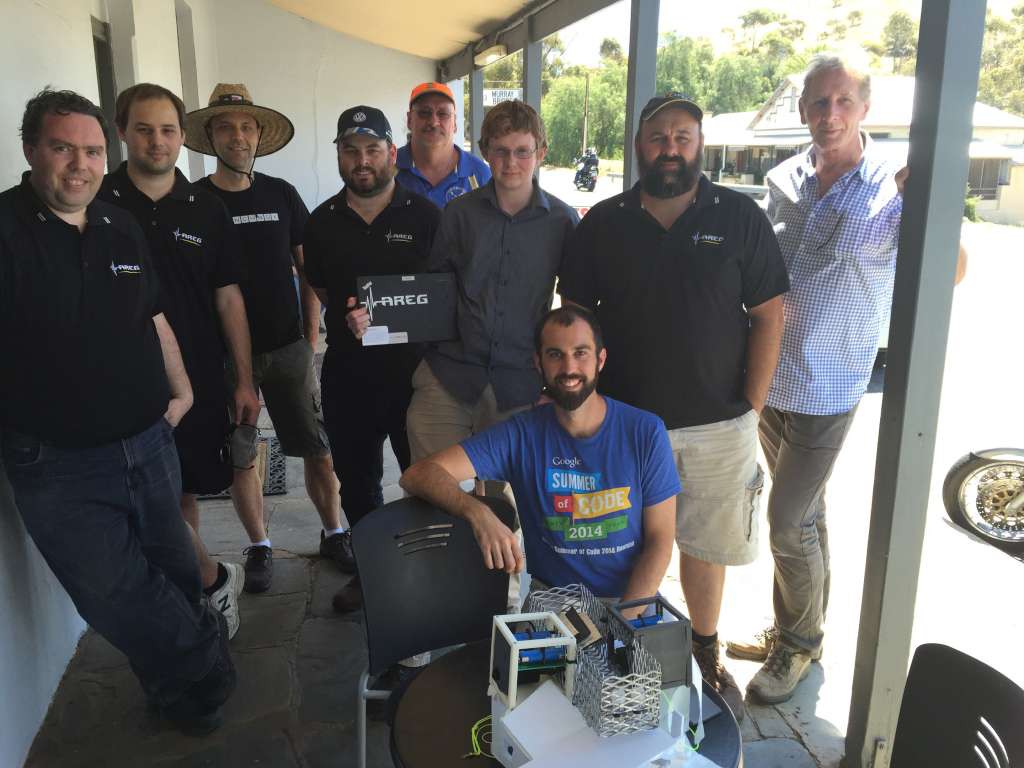

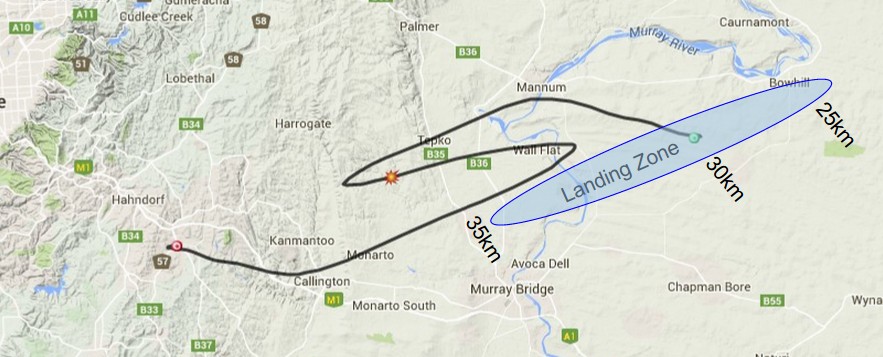
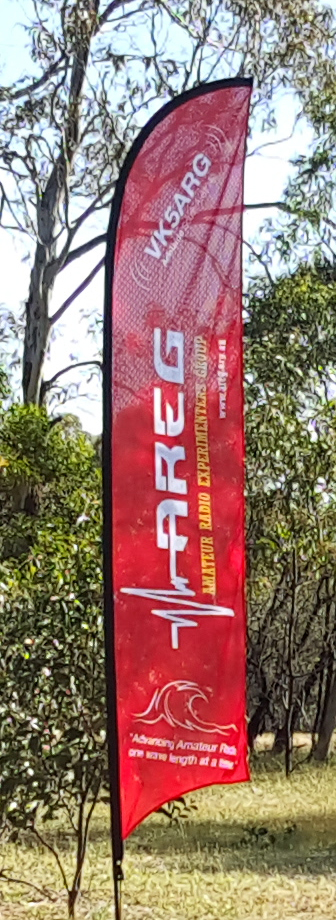 at Para Wirra
at Para Wirra






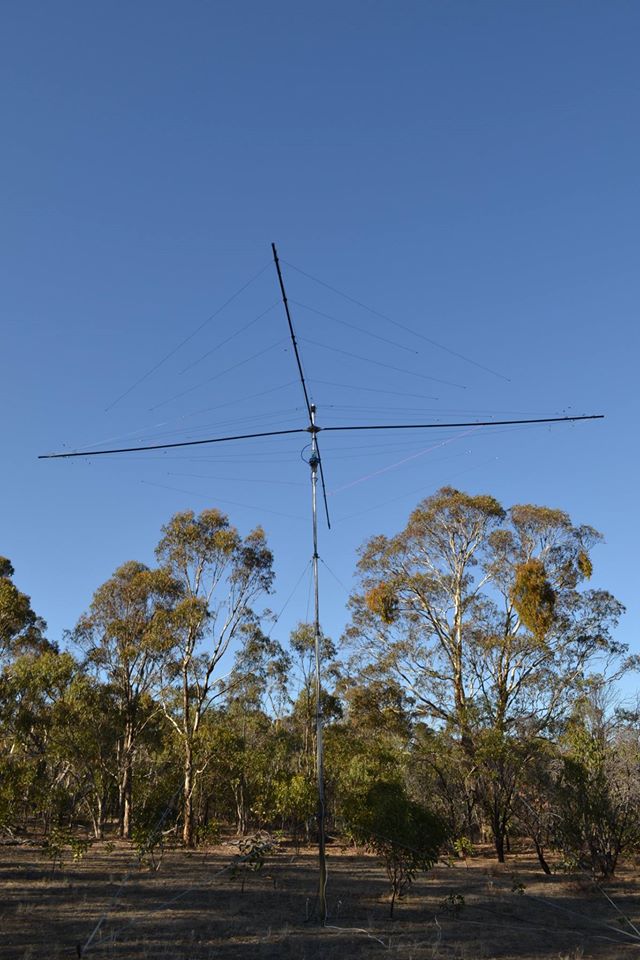
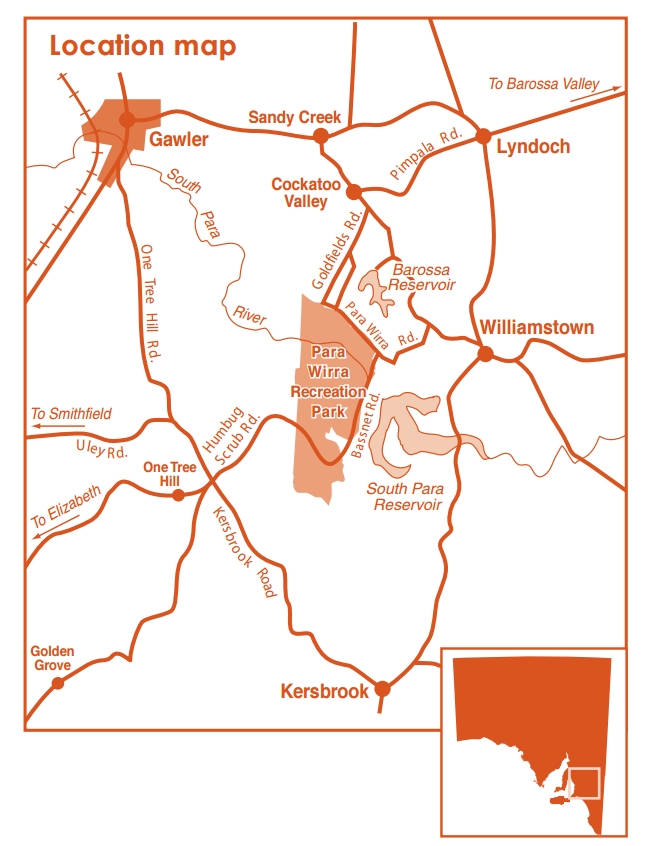
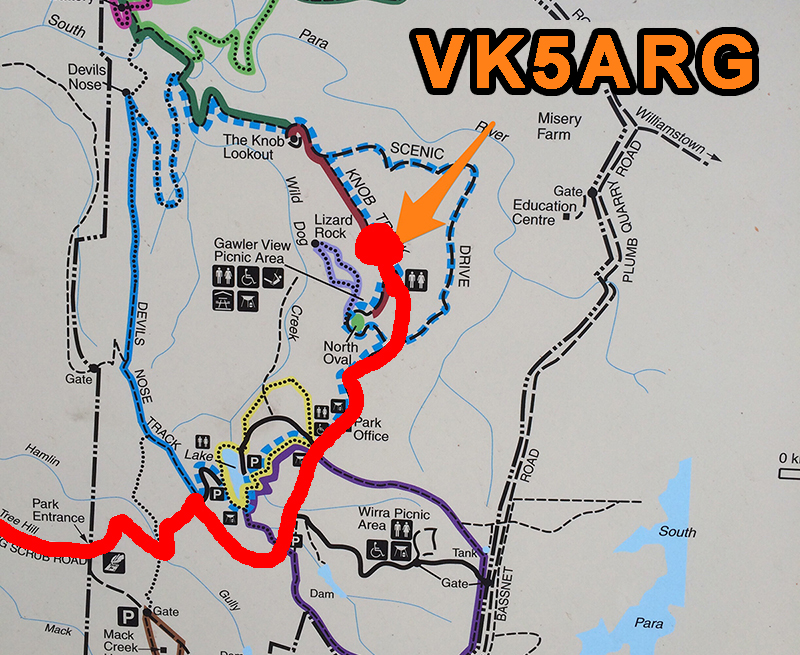
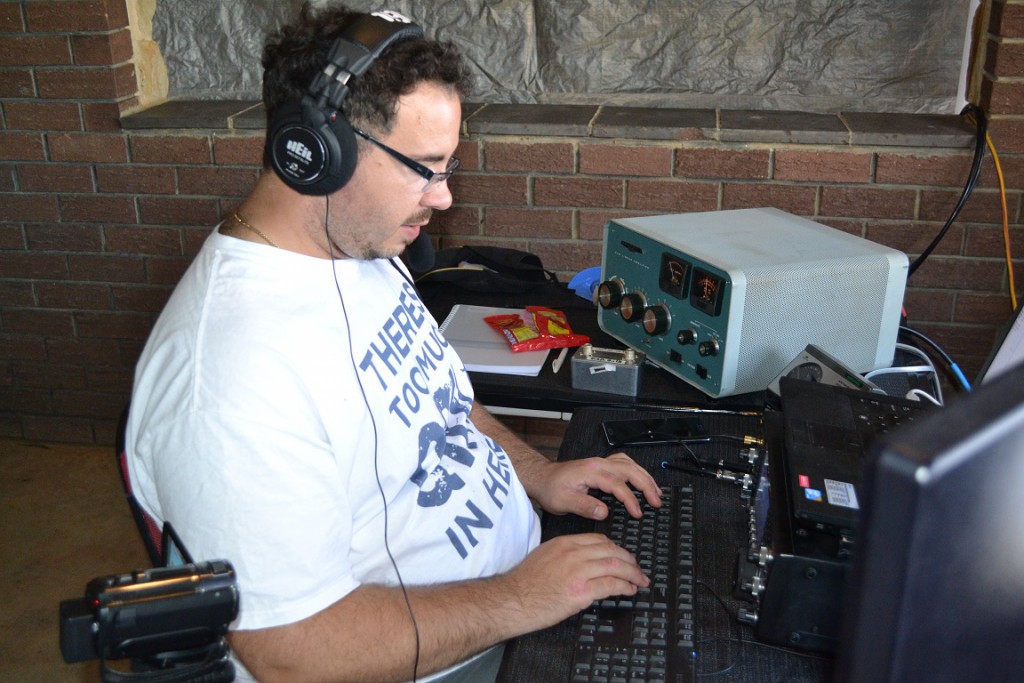
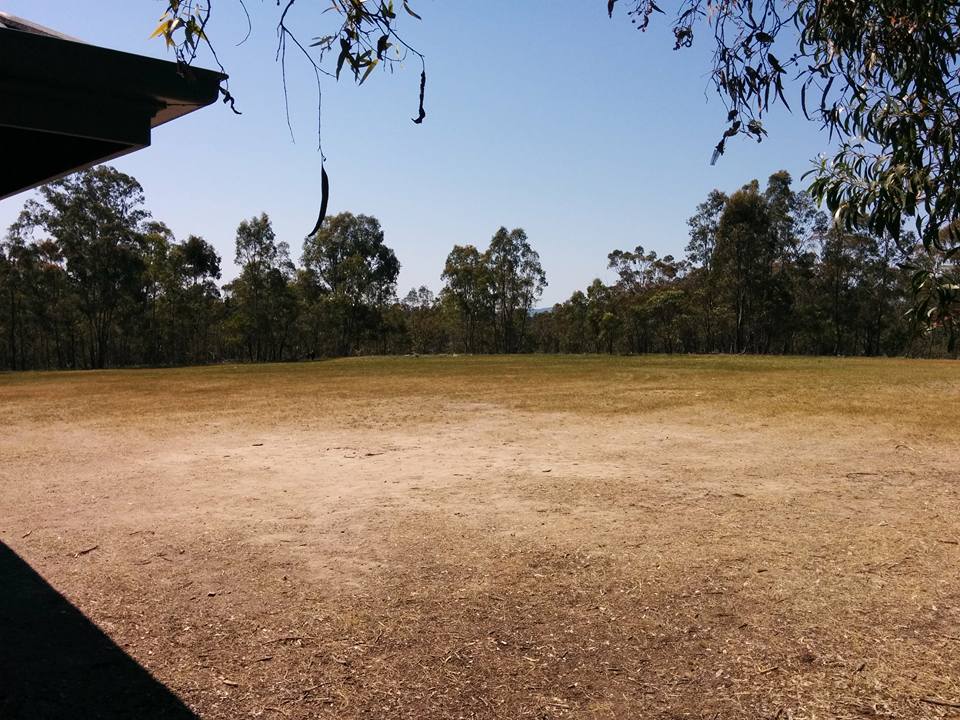
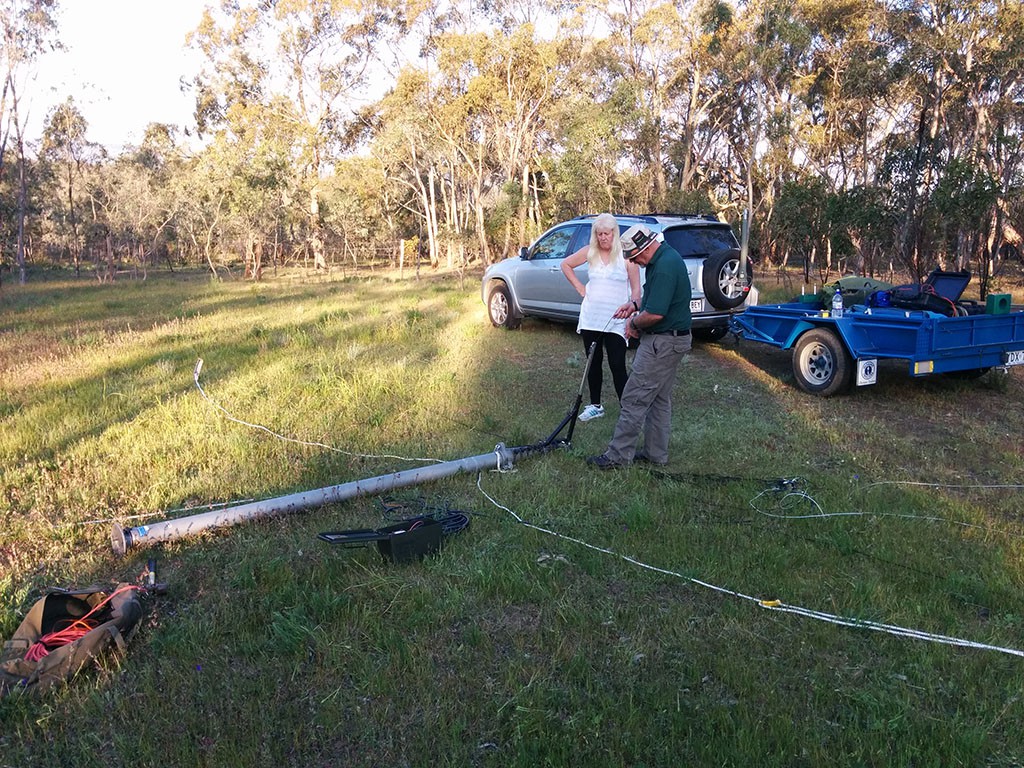
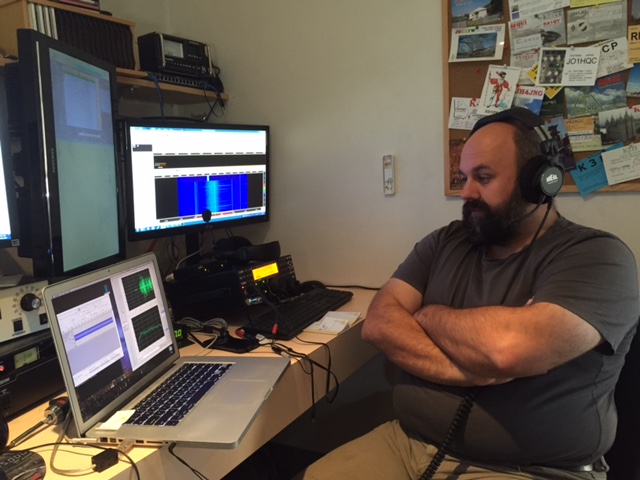
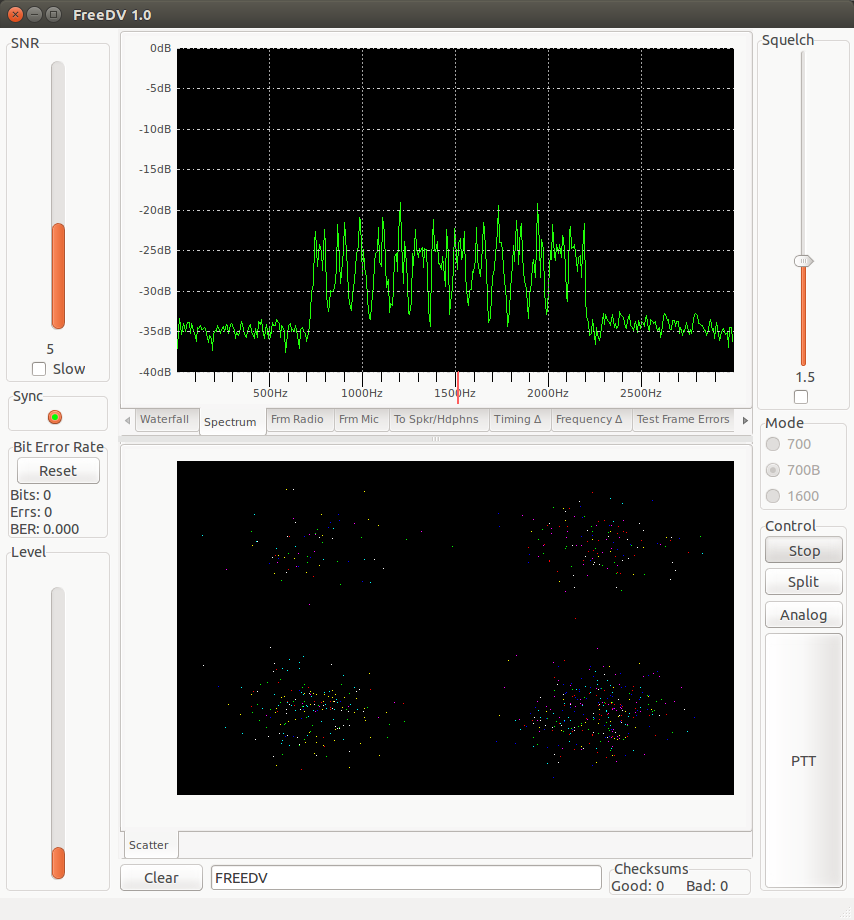 primary call channels being 14236kHz +/-QRM and 7175kHz. The VK100ANZAC net control station will be listening and intermittently calling on FreeDV on the following bands:
primary call channels being 14236kHz +/-QRM and 7175kHz. The VK100ANZAC net control station will be listening and intermittently calling on FreeDV on the following bands:
